Tulle fabric as row covers: will it block out light?
spaghetina
14 years ago
Related Stories
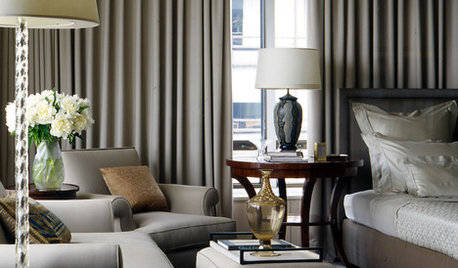
WINDOW TREATMENTSBedroom Window Treatments to Block the Light
Sleep tight with curtains, shades and more designed to keep out bright rays while letting stylishness in
Full Story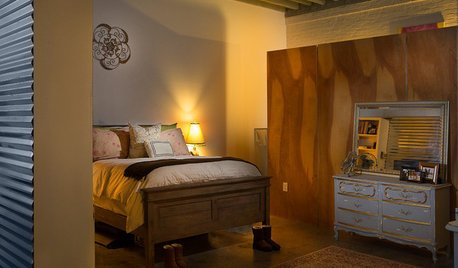
MY HOUZZMy Houzz: A Cocktail of Industrial and Cozy on Louisville's Whiskey Row
Muted tones and soft textures transform an open loft space into an inviting home
Full Story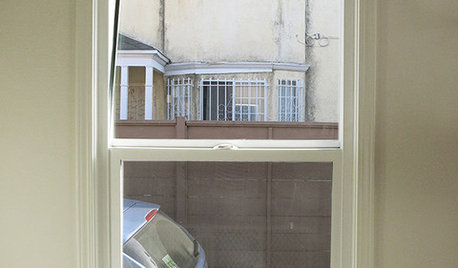
WINDOW TREATMENTS6 Ways to Deal With a Bad View Out the Window
You can come out from behind the closed curtains now. These strategies let in the light while blocking the ugly
Full Story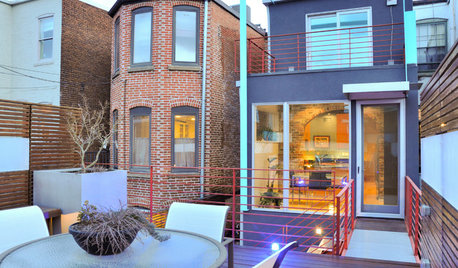
HOUZZ TOURSMy Houzz: Bridge Building Redefines a D.C. Row House
A new rooftop deck and elevated walkway give a Capitol Hill couple an enviable outdoor haven away from noise on the street
Full Story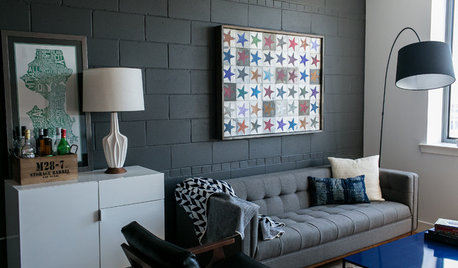
INDUSTRIAL STYLERoom of the Day: Concrete Block Goes Chic in a Living Room
Designers put a fresh face on a workaday material in this Washington, D.C., condo
Full Story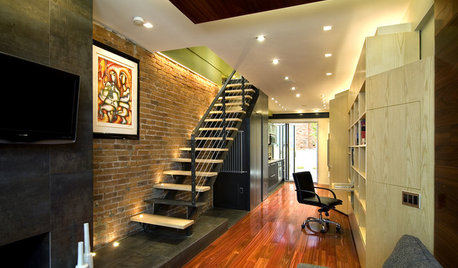
HOUZZ TOURSDesign Lessons From a 10-Foot-Wide Row House
How to make a very narrow home open, bright and comfortable? Go vertical, focus on storage, work your materials and embrace modern design
Full Story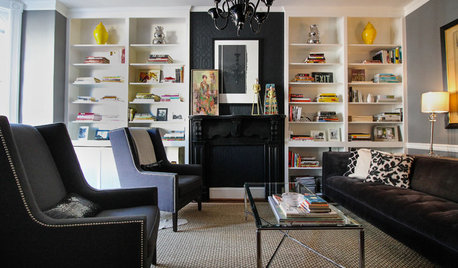
HOUZZ TOURSMy Houzz: Relaxed Glamour in a Downtown Row House
See how this Maryland couple put their own creative stamp on their 1890 home
Full Story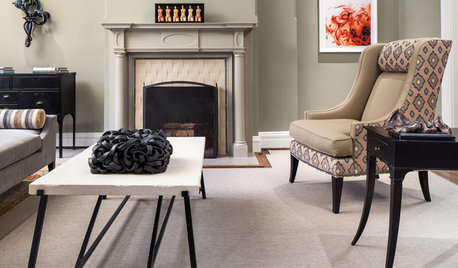
TRANSITIONAL HOMESHouzz Tour: A Sophisticated Row House in the U.S. Capital
Nuanced textures and elegant flourishes give a 19th-century home a new attitude
Full Story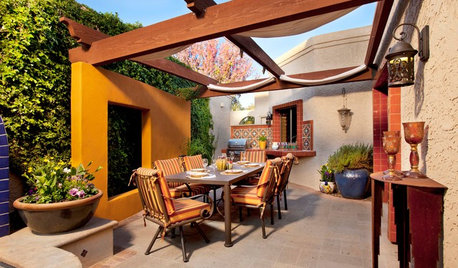
GARDENING AND LANDSCAPINGPatio Details: Sliding Fabric Panels Filter the Light Just Right
Stepping up to the harsh sun and heat of the desert Southwest, this intimate patio is an exotic escape right outside
Full StorySponsored
Columbus Design-Build, Kitchen & Bath Remodeling, Historic Renovations
More Discussions






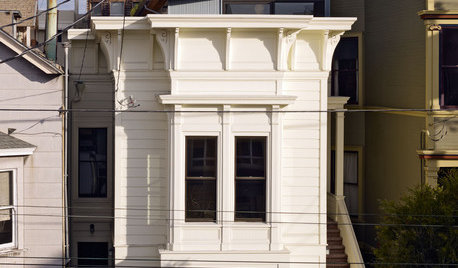

jrslick (North Central Kansas, Zone 5B)
spaghetinaOriginal Author
Related Professionals
Simi Valley Landscape Architects & Landscape Designers · Wixom Landscape Architects & Landscape Designers · Zion Landscape Architects & Landscape Designers · Bloomington Landscape Contractors · Bowie Landscape Contractors · Deerfield Landscape Contractors · Galveston Landscape Contractors · New Brighton Landscape Contractors · New Providence Landscape Contractors · Pine Hills Landscape Contractors · West Orange Landscape Contractors · Centreville Driveway Installation & Maintenance · Fullerton Driveway Installation & Maintenance · Grand Rapids Driveway Installation & Maintenance · San Jose Driveway Installation & Maintenanceericwi
jrslick (North Central Kansas, Zone 5B)
spaghetinaOriginal Author
ericwi
jrslick (North Central Kansas, Zone 5B)
spaghetinaOriginal Author
jrslick (North Central Kansas, Zone 5B)
cyrus_gardner
spaghetinaOriginal Author
corapegia
albert_135 39.17°N 119.76°W 4695ft.
bella_trix
spaghetinaOriginal Author
zeedman Zone 5 Wisconsin
cyrus_gardner
spaghetinaOriginal Author
red herrington
zeedman Zone 5 Wisconsin
drscottr
HU-163577310
daninthedirt (USDA 9a, HZ9, CentTX, Sunset z30, Cfa)
HU-293587863
daninthedirt (USDA 9a, HZ9, CentTX, Sunset z30, Cfa)
HU-293587863
daninthedirt (USDA 9a, HZ9, CentTX, Sunset z30, Cfa)
HU-293587863
daninthedirt (USDA 9a, HZ9, CentTX, Sunset z30, Cfa)
mxk3 z5b_MI
daninthedirt (USDA 9a, HZ9, CentTX, Sunset z30, Cfa)
daninthedirt (USDA 9a, HZ9, CentTX, Sunset z30, Cfa)